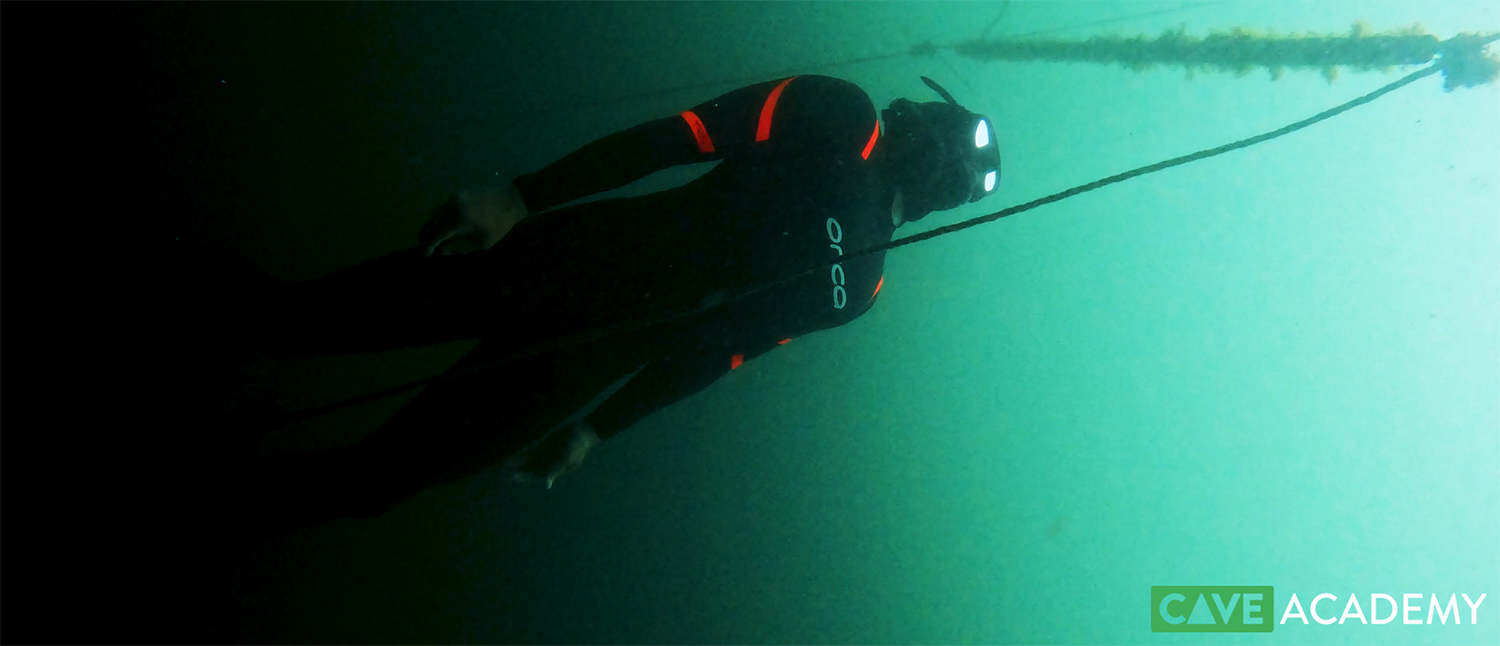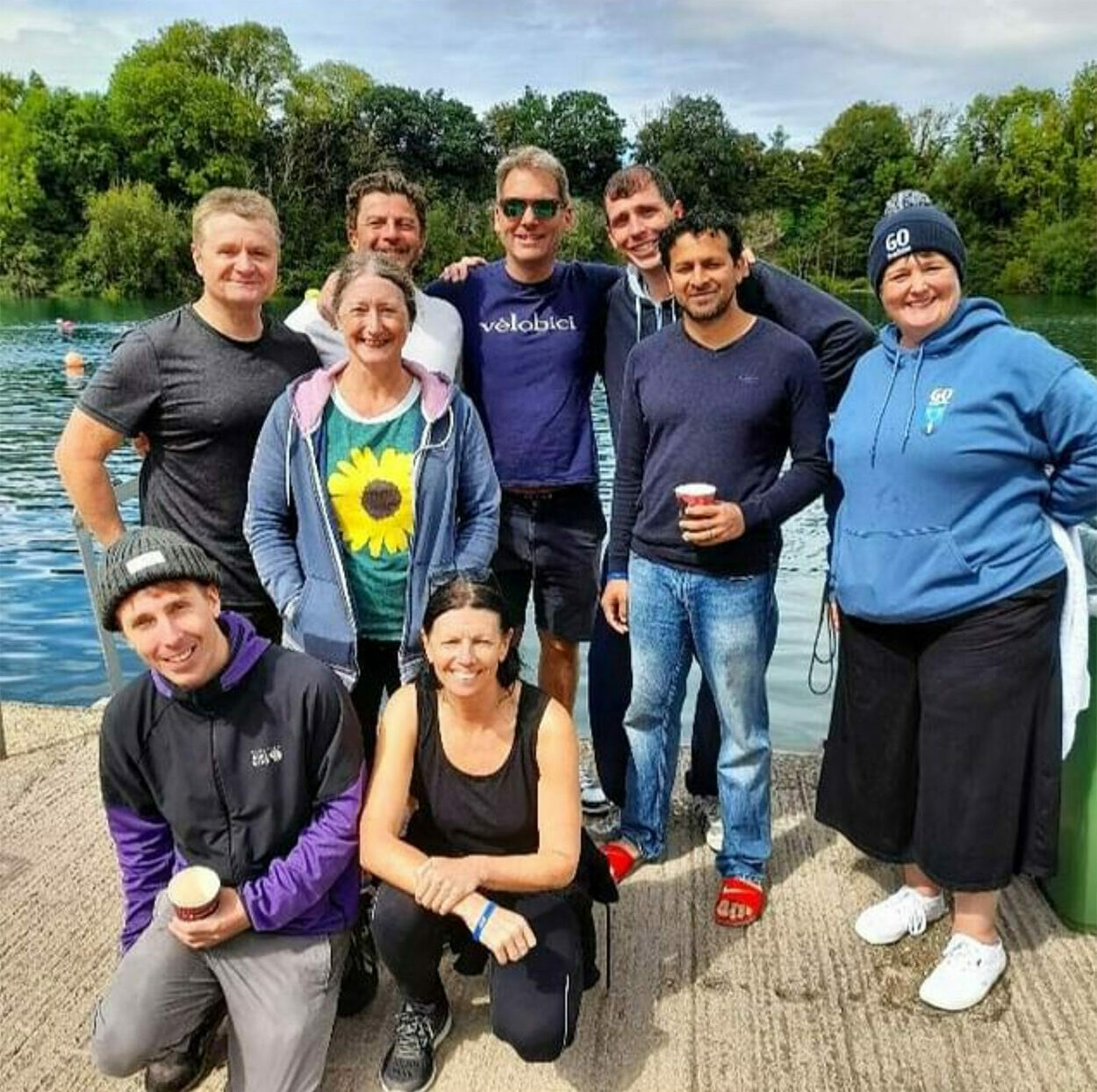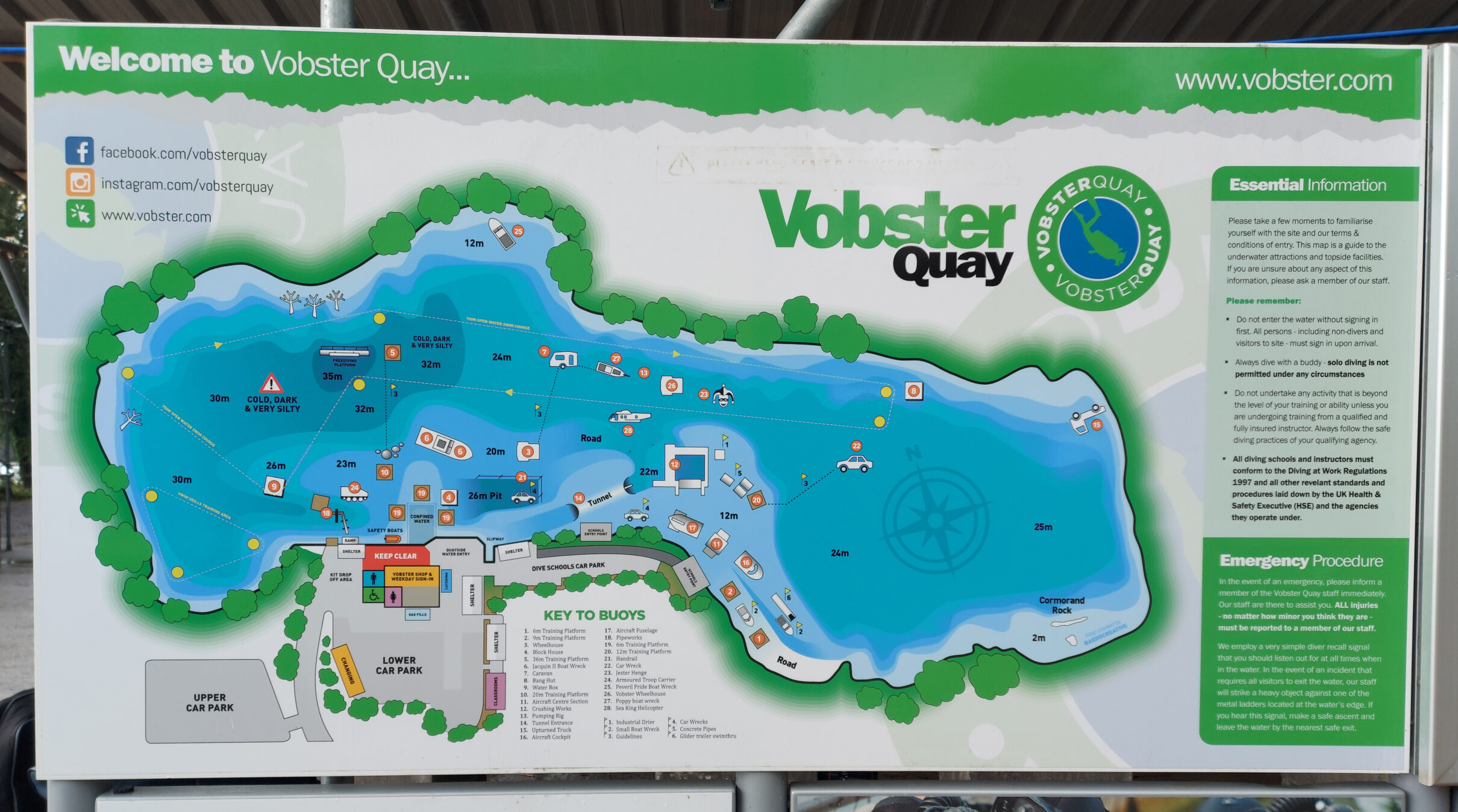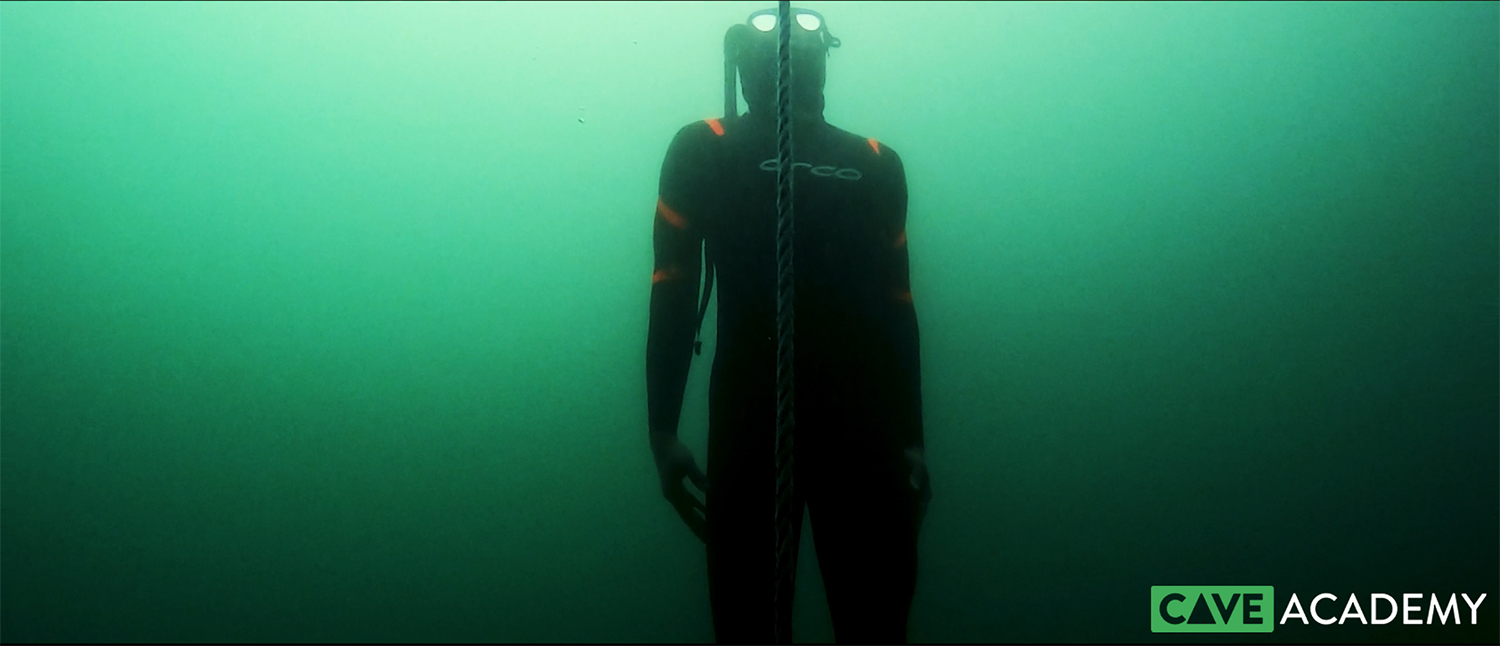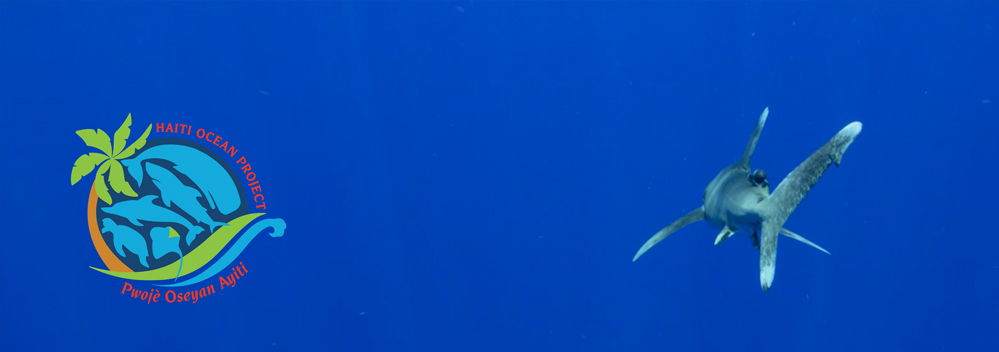Search the wiki
TCP.S01D04. Go Freediving
Introduction
Now that I am all suited and booted and with cameras at the ready, it was time to turn my attention to being in the water. By improving how long I can hold my breath and how deep I could dive, I’d be able to feel safer in the water (which is most important) and more confident capturing reference.
Now before you continue, it is important to make you aware that you should not take any advice, tips, how-tos, etc. from me (or anyone else at CAVE) as we are not qualified freediving instructors. That is why we went with the fantastic team at Go Freediving and enrolled on their RAID Freediver Course.
Joining me on the course, we had Lee, Ruth, Jeremy, Simon, Instructor Tom, Jahirul (me) and Jude. Kneeling in front is Susan and Instructor Kieran.
And if you are interested in getting your feet wet, I highly suggest you contact the Go Freediving team or a certified freediving expert in your area. Being in the water is without a doubt a-heck-of-a-lot-of-fun. However, you should always put safety first and we cannot stress that enough.
If you want to get an idea of what Go Freediving offer, you can also check out their online resources by Emma Farrell, which is jam-packed with plenty of videos in regard to freediving and breathing in general:
Hitting the Road
Things have been pretty busy lately with projects here and there and the kid’s now off school. So, squeezing in some freediving training has been tricky. I did look around locally, but schedules did not line up, so I ended up heading to Vobster Quay and signing up to the course delivered by Go Freediving. And honestly, I would not have changed that one bit. It was excellent.
Getting to Vobster Quay was a bit of a trek in the car (2hrs from Portsmouth). I’d normally take the train when it comes to long distances (and usually I try to walk/jog short distances) but timing-wise, this felt like the best option.
Go Freediving – Day One
On Day One of the training, the focus was on safety, breathing (breathe up, breath hold, recovery breathing, hyperventilating), the mammalian dive reflex, and we also covered a few techniques such as the duck-dive. I’d used the snorkel a week before, but this was really my first time where I’d spend a good chunk of time using the kit, and getting to grips with that also took some time. A quick tip from our excellent instructor, Kieran, was to be clean-shaven as this will reduce the amount of air/water getting into your mask.
The great thing about in-person training is all the little snippets of tips you can pick up via general conversation and listening. A few more examples being to clean your googles before putting them on so they do not fog up. Our method was a quick spit, wipe and then to wash the goggles in the lake. Or to reduce cramps, drink plenty of water the day before and in the morning have some bananas as they are full of potassium. Small things but they all make a difference.
During Day One, I found that I struggled diving headfirst. This was because I could use the Valsalva method of equalising but not the Frenzel method. So, for most dives, I headed down feet first, although I should note that I did my deepest dive (13.2m) of the training using this method.
My homework for the evening was to practice my Frenzel equalisation. As mentioned above, for anything freediving related, you should always check in with the experts, so instead of my talking about what Valsalva or Frenzel equalisation is and how it works, instead, check these out:
- How to Frenzel Equalize: an equalisation tutorial from a Professional Freediver
- Freediving Equalization For Beginners | How To Do Frenzel EQ
- Freediving Equalization – How to Frenzel 0 – 30 Mt
Go Freediving – Day Two
For Day Two, the aim of the game was to take all the training from the previous day and the evening Frenzel equalisation practice and put it all into good use.
On land, my Frenzel equalisation all looked good but, in the water, it took a few attempts to get it going. Making sure the tongue was in the correct position, getting into a relaxed state, working the fins, the line, and so on, and all at the same time, took some practice. But once I got it going, it was AMAZING. It was not easy, that is for sure, but to be able to dive 10+ metres down and swim through a plane was pretty exhilarating.
There is still plenty to do and learn but after the 2 days, I definitely felt more able in the water and more confident.
We also got to check out a bit more of Vobster Quay by swimming to different locations and diving to different depths.
During Day Two, we also covered more safety techniques, one being to dive 10 meters and rescue a freediver by bringing them back to the surface. I should note, the attempt captured on the video below was actually a failure but I did correct a few things and get a pass on my next attempt.
Reference Studies
During the 2 day Go Freediving course, I was able to capture a number of visual references using the Go Pro camera.
One of the studies was to look at how the camera sees the world both above and below the water. It was interesting to see the colour shift and how the camera would auto expose the shots, which resulted in some areas (such as the sky) blowing out.
With a film camera (such as an ARRI or RED) and with more high-end lenses, you’d have more control during a shoot and in post to work with the dynamic range, but it was still interesting to see the effects. And depending on how I want the final look of the project to be, I might introduce some of these elements to add a level of believability to the VFX shots.
Another study was to analyse the caustics and specularity above and below the water. This was a follow-up study to what we covered in devlog #3.
And lastly, it was cool to be in the water during a bit of a rainy spell:
And that’s it for devlog #4. Next time, the plan is to continue being comfortable in the water. But next time, it’s all about play 😉
A Few More Snaps
Haiti Ocean Project
For Season 01, 100% of all proceeds generated will be donated to Haiti Ocean Project and the amazing work they do to support the ocean and marine conservation.
The primary mission of Haiti Ocean Project is the conservation and protection of high-profile marine life such as marine mammals, sea turtles, sharks and stingrays through education of youth, research and data collection, community awareness, public policy and ecotourism.
HOP is also a leading actor in advocacy between Haiti and the world, to influence communities, fishermen, youth, policies, structures and systems in order to bring about change in the way marine species are viewed in Haiti and persuading all stakeholders to act in more just and equitable ways toward them. At the core, it is about building relationships. It is about tackling the root causes of poverty which endangers the marine species and promoting their protection in Haiti.
The Connection Programme
If you are a fan of mixing science with art, or maths with creative thinking, then join our Connection Programme, where we’ll be exploring VFX, animation and games from the core fundamentals:
Go Freediving RAID Freediver Course
- Go Freediving RAID Freediver Course – if you are interested in Freediving, check out the excellent course by the wonderful team at Go Freediving.
- Go Freediving Instagram – check out the Go Freediving Instagram account to keep an eye on what they get up to.
Support CAVE Academy
Here at CAVE Academy the beauty of giving and sharing is very close to our hearts. With that spirit, we gladly provide Webinars, Dailies, the Wiki, and many high-quality assets free of charge. To enable the team to create and release more free content, you can support us here: Support CAVE Academy

